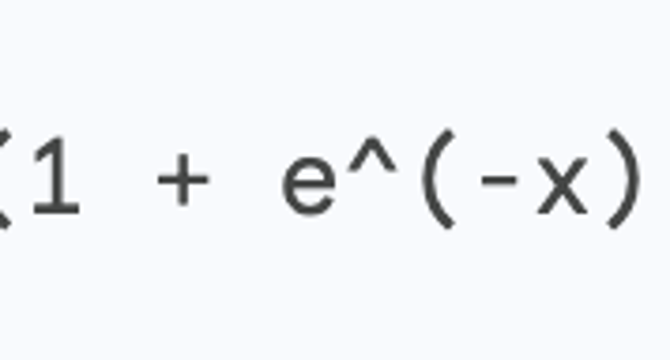Self-Learning-Java
1M
328

Image Credit: Self-Learning-Java
Logistic regression In Machine Learning
- Logistic regression is a classification model used in supervised learning to predict a binary outcome.
- It models the probability of a binary outcome and can be extended to handle multiple discrete outcomes.
- Examples of logistic regression applications include predicting user behavior, spam detection, disease diagnosis, etc.
- The sigmoid function is used to map the outcome of the linear equation between 0 and 1.
- The logistic function and other sigmoid functions like the hyperbolic tangent, softplus, ReLU, and ELU are commonly used.
- The logistic regression process involves mapping training data to a linear equation, applying the sigmoid function, defining decision boundaries, and making predictions.
- In the linear equation, dependent and independent variables are related using a simple formula.
- After predicting responses from the linear equation, a sigmoid function is applied to map values between 0 and 1.
- The decision boundary is then defined to classify outcomes based on a threshold value.
- The logistic regression model is trained using the training data and tested for accuracy using a test set.
- Preprocessing steps involve handling missing values, encoding categorical variables, and handling outliers using Winsorization.
Read Full Article
19 Likes
For uninterrupted reading, download the app